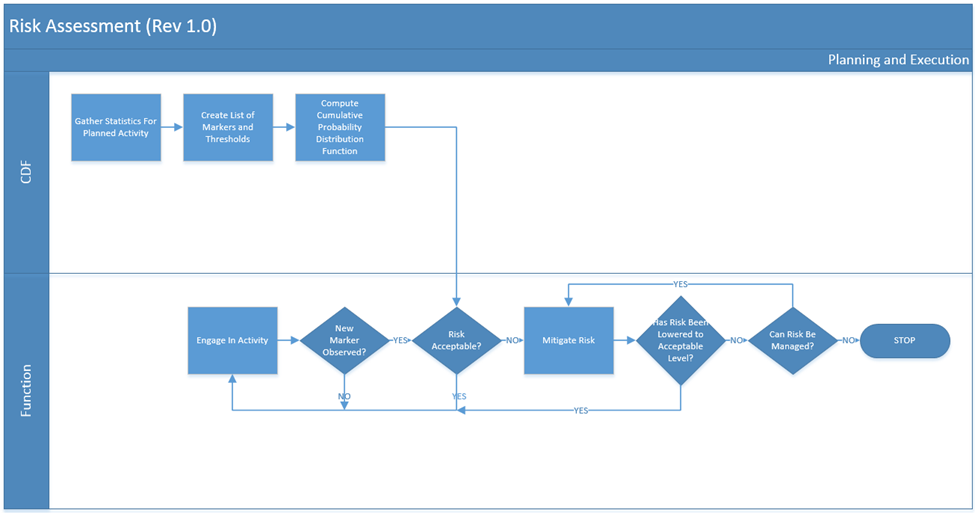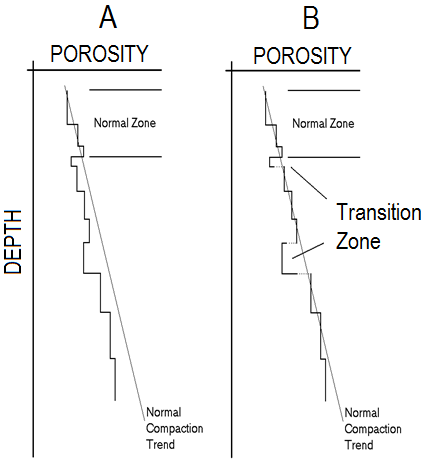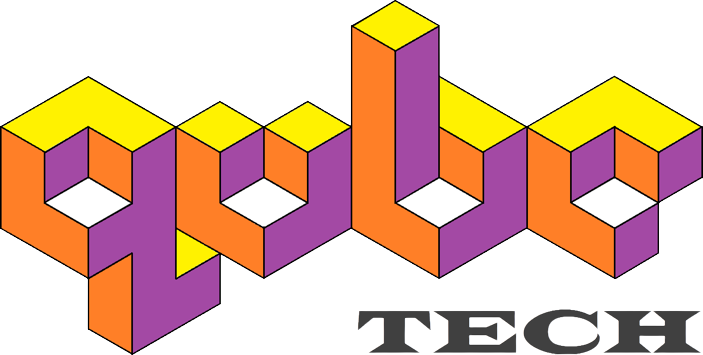Products & Services
Qubex
Qubex is the complete software package that allows you to predict and detect geopressure in real-time at the rig or in your office, or both simultaneously.
Qube Tech’s Qubex system is a sophisticated analysis tool available for modeling the pore pressure and fracture gradient occurrence.
The unique design and browser interface employed by the Qubex gives your drilling team instant access to your interpretations.
With its refined algorithmic design and flexibility, Qubex gives you the most accurate formation pressure predictions possible, in real-time, at your desk, or on your cell phone!
And Don’t Forget …
The failure to monitor pore pressure and fracture gradients is the leading cause of non-productive time during drilling operations.
Never fail to surveil!
Our Services
Real-Time Pore Pressure and Fracture Gradient Surveillance
Qube Tech Wellsite PPFG Service – Full-cycle real-time onsite or remote pore pressure and fracture gradient prediction and detection while drilling.
Our experts provide comprehensive wellbore surveillance and analysis in real-time to calculate and analyze normal hydrostatic, overburden, pore pressure and fracture gradients and pressures.
During real-time operations, we monitor the wellbore pore pressure and fracture gradient window to ensure the safest and most efficient drilling environment.
Seismic interpretations from pre-drill analyses create a complete interpretation of the discrete pore pressure compartments likely to be encountered.
Pre-Drill GeoPressure and
GeoMechanics
Qube Tech Pre-Drill GPGM Services – Getting it right from the start with pore pressure and fracture gradient prediction and wellbore stability studies. Our experts provide comprehensive pre-drill analysis of offset wells, 3D seismic velocity data, geological, and drilling data.
We determine normal hydrostatic, overburden, pore pressure and fracture gradients and wellbore stresses before your drill. Seismic interpretations from pre-drill analyses create a complete interpretation of the discrete pore pressure compartments likely to be encountered.
Every project has 4-stages of planning: Pre-Drill, Well Planning, RT PPFG, and Post Well Analysis. Always use your GPGM knowledge.
Plan your well with confidence when you know what to expect.
Consulting:
Qube Tech is committed to the highest levels of customer satisfaction. To ensure customers’ success, Qube Tech offers a proven array of customer services, including Professional Services, Technical Support, and Training to support the entire project life cycle. When you choose Qube Tech, you choose an organization dedicated to assisting you in having a success from prospecting to completion.
Over the years we have developed many in-house tools for specialized modeling of pore pressure and fracture gradient occurrence. We can create specific models tailored for your prospect area, analyze fault smears, map pressure horizons, and utilize many other advanced analysis technologies.
Consulting:
Qube Tech is committed to the highest levels of customer satisfaction. To ensure customers’ success, Qube Tech offers a proven array of customer services, including Professional Services, Technical Support, and Training to support the entire project life cycle. When you choose Qube Tech, you choose an organization dedicated to assisting you in having a success from prospecting to completion.
Over the years we have developed many in-house tools for specialized modeling of pore pressure and fracture gradient occurrence. We can create specific models tailored for your prospect area, analyze fault smears, map pressure horizons, and utilize many other advanced analysis technologies.
Training:
Qube Tech offers a full line of training in both the theory and practice of geopressure prediction and analysis:
Abnormal Formation Pressure – Theory, Prediction and Detection: This course provides a technical overview of current technology as well as many hands-on examples
Qubex – Real-time pore pressure and fracture gradient prediction and detection: You will learn how to use Qube Tech’s advanced software to predict, monitor, and analyze pore pressure from logs and real-time data.
Qubex-3D – Pore pressure prediction from 2D/3D seismic: Using Qubex-3D you will learn how to make accurate pore pressure predictions from seismic velocity volumes and lines, calibrated to offset well data.
Big Data Geomechanics
Big Data Geomechanics is a software system that provides advance warning as to the imminent loss of well control. Data is be collected and streamed through sensors in real-time at the wellsite. Classes of data can be grouped into super-classes, called the base data:
- Petrophysical Logging (Logging While Drilling, or LWD)
- Drilling Parameters (Measurements While Drilling, or MWD)
- Mud Logging and Fluids (ML&F)
- Geological Logging (Wellsite Geology, or WSG)
- Operations (OPS)
In addition to the base data, this invention will make use of “derived data”. These data are calculated from the base data, often with additional of drilling parameters or interpretation.
- Pore Pressure Gradient (PP)
- Fracture Gradient (FG)
- Swab Pressure Estimate (SWABP)
- Surge Pressure Estimate (SURGEP)
- Formation Matrix Density (RHOM)
- Formation Fluid Density (RHOF)
The purpose of the base and derived data is to create a system of well control markers based on threshold values.
The total number of markers usually 20, although markers can be added or removed for specific drilling conditions and environments that have the possibility of generating or responding to increased risk of the loss of well control.
As markers are triggered, the probability of the loss of well control. Operators can determine the level of operational risk they are willing to assume based on this probability.

Velocity Inversion Compensation
Velocity Inversion Compensation is a geophysical data processing enhancement that aids in the identification of a normal compaction porosity trends in fine grained geological formations in deep water for the purpose of estimating formation fluid pressure and identify zones prone to shallow water flows.
In deep water and sub-salt drilling environments there is often considerable uncertainty. This is because the development of abnormal formations pressures may begin very close to the seabed (also called the mud line). Given a very thin zone of normal compaction, the uncertainty of a normal compaction trend line that is projected from this zone to great depth will substantially magnified and thereby lead to inaccurate estimates of formation fluid pressures.
Using an automated pattern recognition algorithm, changes in interval velocity and geopressure regime are recognized and porosity loss with burial is more accurately modeled. This leads to more accurate abnormal formation pressure estimates for methods that rely on normal compaction trends.

Pseudo-Shear Velocity from Older Logs
Shear velocity is required to perform wellbore stability analyses. It is used together with the compressional velocity to obtain the suite of elastic properties.
Using a laboratory-validated technique, shear velocity can be calculated directly and accurately using environmentally corrected compressional velocity, clay volume, and porosity logs. This technique is substantially more accurate than conventional correlations using only compressional velocity.

